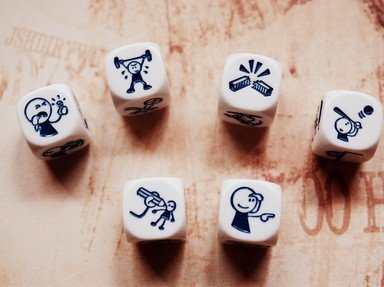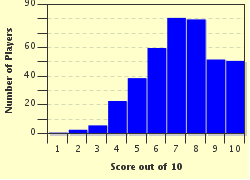Quiz Answer Key and Fun Facts
1. From 1658, Samuel Pepys held an anniversary feast in his home each year to mark a specific celebration. Called the Stone Feast, what did this banquet celebrate?
2. In 1942, actress Hedy Lamarr, along with composer George Antheil, invented a system where many instruments could be controlled at once by swiftly switching between frequencies. For what American war purpose did they intend this invention to be used?
3. What is a mangelwurzel?
4. Is there such a thing as a tree kangaroo?
5. Which famous blonde said, "Dress cute wherever you go. Life is too short to blend in"?
6. Apart from being flavoured with salty pork or bacon, what is unusual about Boston baked beans?
7. There have been several "Big Berthas" of various kinds throughout the world from time to time. One of them lived in Ireland from 1945 to 1993. Who or what was this Irish Big Bertha?
8. Part of the every day dinner time of the British comfortable classes from medieval times to the 19th century, what was a Posset?
9. Because the British Parliament building is considered a royal palace, what is it illegal to do inside its walls?
10. The kookaburra is one of Australia's beautiful native birds. What is unusual about its sound?
Source: Author
Creedy
This quiz was reviewed by FunTrivia editor
Exit10 before going online.
Any errors found in FunTrivia content are routinely corrected through our feedback system.


